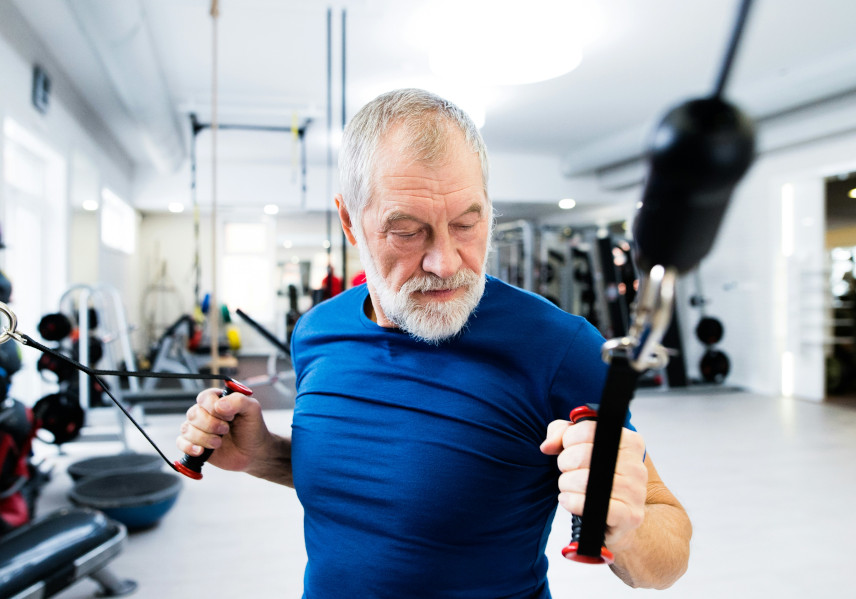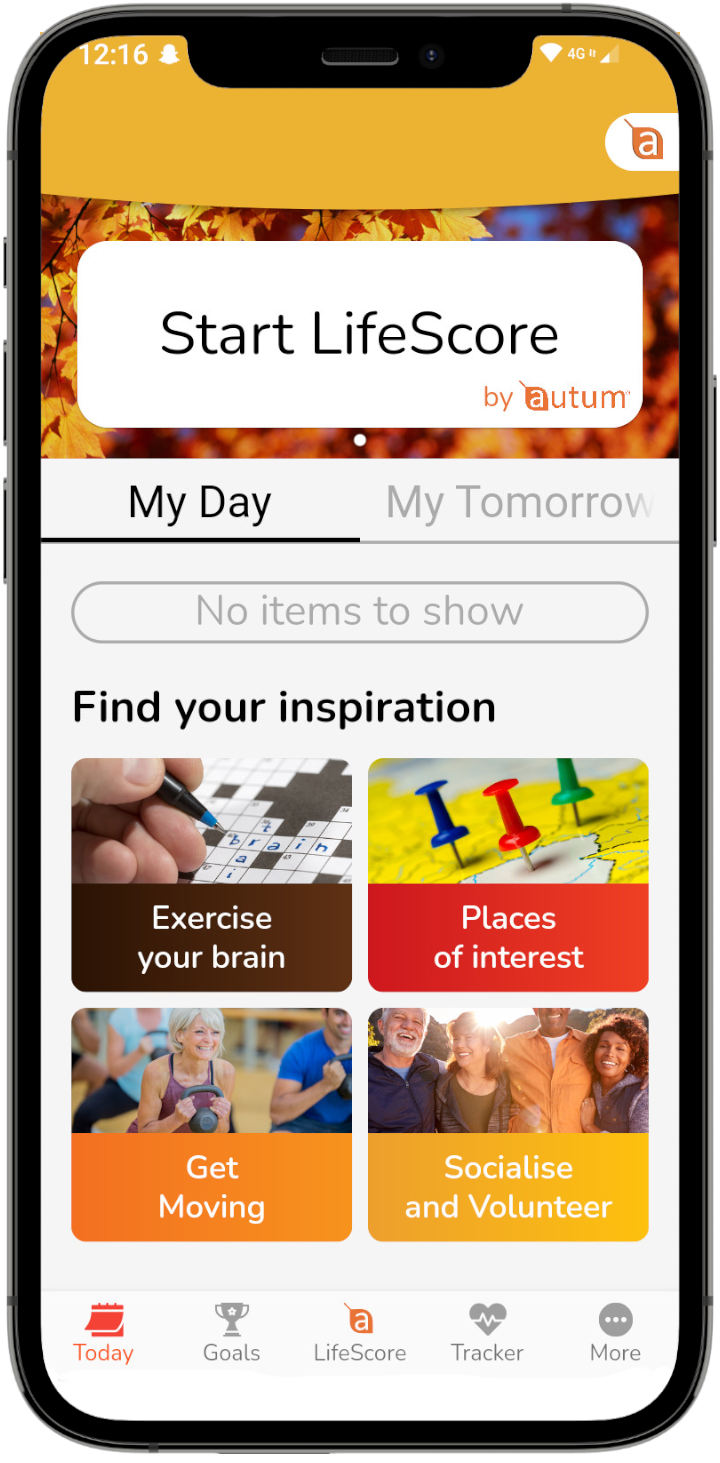We didn’t evolve to do structured exercise. For more than 200,000 years, as hunter-gatherers, our movements focused on survival. We evolved to value the importance of agility and physical strength as we searched for our next meal; we moved, ran, chased, fought and carried our conquests home. Then, when we were satiated, we rested and recovered.
In evolutionary terms, the Greeks introduced formalised training relatively recently for competitive athletes and fighting. Plato emphasised the importance of exercise for soul development and said “lack of activity destroys the good condition of every human being, while movement and methodical physical exercise save and preserve it.” Gyms also date back to the Greeks, where the gymnasium was a “school for naked exercise”, but then it was limited to competitors for public games.
Rolling the clock forward, our lives are now far more sedentary as we don’t need to move to survive. Without an incentive or motivation, we could spend the next 30, or 40 years primarily sitting in our chairs. Essentially we have forgotten how to move our bodies, yet our bodies only work properly if we are moving and if we’re still for too long they break down. As a result, today’s exercise needs to be more structured and deliberate. This article considers how to step out of our comfort zone.
Exercise is essential for our health. Not just for our cardiovascular health, but our metabolic and mental health. It is also good for our nervous system and our sleep. Exercise is probably the single most important wellbeing medication. Even more so as we age and lose muscle mass and mental agility.
The Department of Health has the following activity guidelines: –
Aerobic – 150 minutes of moderate or 75 minutes of vigorous activity per week
Muscle-strengthening – at least two days per week, which I’ve assumed means at least 10 minutes per session
Balance – at least two days per week, which I’ve assumed again means at least 10 minutes per session.

Building strength: Injury prevention and maintaining strength
The Health Survey for England 2021 showed that 40% of people aged 35 to 44 met the aerobic and muscle-strengthening guidelines, but this rapidly dropped to 23% for those aged 55 to 64 and 19% for those aged 65 to 74. Whilst this was a concern, there was some compensation as those aged 65 to 74 do more heavy housework (particularly women) and more heavy manual work, gardening and DIY (particularly men), as well as more moderate intensity walking.
The mean minutes per week spent on a range of moderately intensive activities, excluding occupational tasks, increased with age with those aged 35 to 44 spending 405.7 mins and those aged 65 to 74 spending 454.5 mins, before dropping to 252 mins for the 75+.
The call-out is that as we age, we may do less structured exercise, but compensate with more activities that involve movement. So how do we build on these positives? If we are to create more sustainable activities then we need to make sure they satisfy at least one of the following:
- Fun – we will always do more of what we enjoy, subject to the cost of logistics. So, let’s find things that are fun and easy to do. Of course, the first time may not be fun, so we need to overcome this inertia.
- Social – this is a very powerful drive to do things, especially if that’s the purpose of the group (e.g. park run). Even better if the group helps motivate people and helps them become what they want to be.
- Necessary – whether it’s cleaning the house, walking the dogs, or babysitting grandchildren when we have to do something and others depend on us, that’s a strong motivation for action.
- Rewarding – when doing the activity delivers a significant upside (such as the release of endorphins, enhanced self-esteem, or the reward of garden produce).

Staying motivated: Tips for consistent exercise after 50
Examples of fun and social physical and mental activities include dancing and table tennis. The latter is great for concentration, tactics and body reflexes, as well as being social and full of movement that works for people with minor back or knee problems.
Choose one or two that provide a range of aerobic, muscle-strengthening and balance activities. In particular, as we age, stability and balance become even more important as the consequences of a fall become more severe.
In summary, movement is critical to living well, especially as we age. Any type of movement is good, but together should include aerobic, muscle-strengthening and balance. Anything we choose must be sustainable over the long term, such as the next 30 years, which means it must tick at least one of the boxes of fun, social, necessary and rewarding.
At Autum we have pulled together a range of fun real and virtual activities that change daily. We also track your goals and if you achieve them, we enter you into a free prize draw. Visit autum.life, or try our app on Android or IoS.

A passionate entrepreneur who has spent years calculating life risks and has set up two successful innovative businesses. He believes with the right motivation and support we can extend healthy life. This is now his calling and has found a great team to make it happen.


